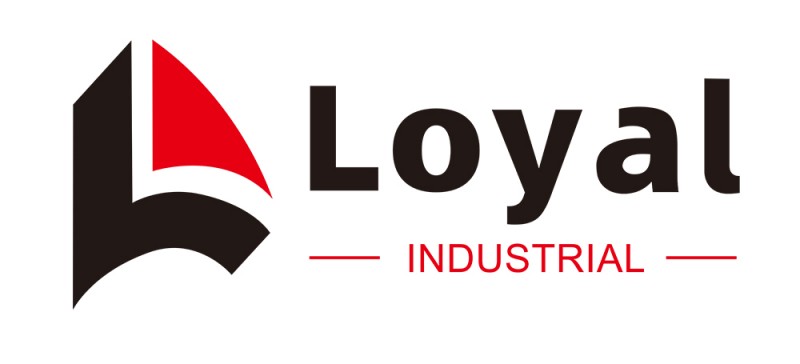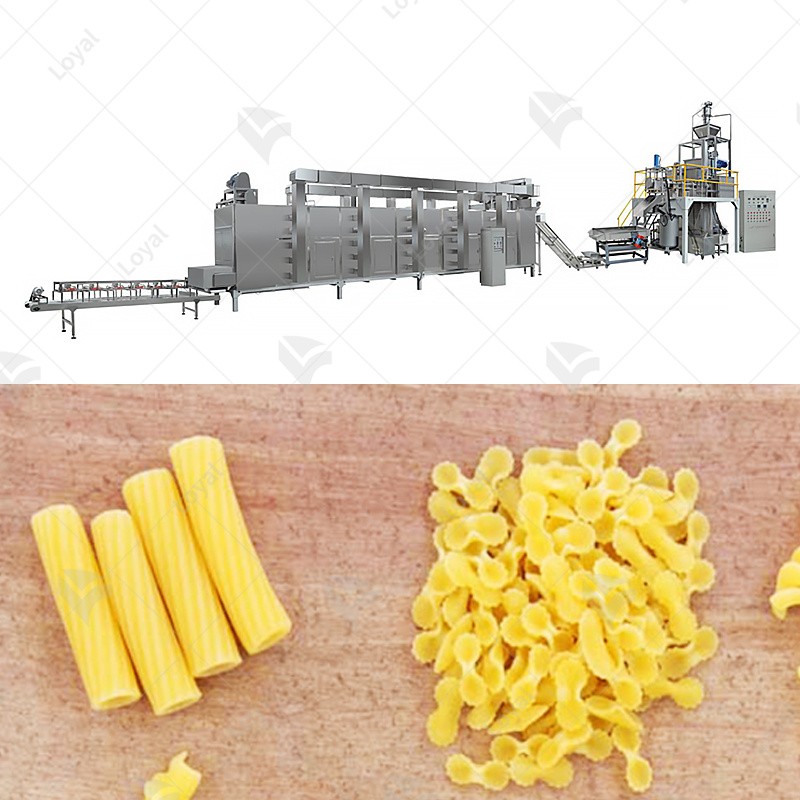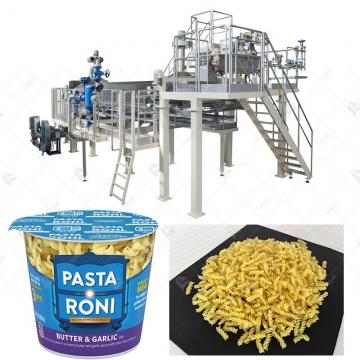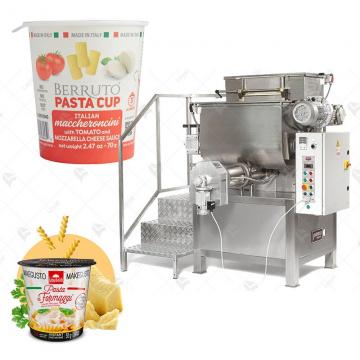Elevate Productivity: Full Automatic Pasta Lines for Unmatched Efficiency and Energy Conservation
Elevate Productivity: Full Automatic Pasta Lines for Unmatched Efficiency and Energy Conservation
Introduction
The macaroni pasta production line technology of Shandong Luoya Industrial Co., Ltd. has introduced advanced technologies from Unifood Machinery and TECHNOPAST.In the dynamic landscape of pasta manufacturing, the quest for heightened productivity has become paramount. The evolving industry recognizes the significance of elevating productivity as a driving force for progress. This introduction sets the stage for exploring the transformative impact of full automatic pasta lines on efficiency and energy conservation.

Technological Advancements in Pasta Lines
The journey of pasta production technology has witnessed continuous innovation. Full automation emerges as a revolutionary advancement, promising unmatched efficiency. Industry experts, including representatives from Barilla, Banza, Colavita, Garofalo, Whole Foods 365 Everyday Value, emphasize the transformative role of technology in enhancing efficiency while placing a strong emphasis on energy conservation.
Components of Full Automatic Pasta Lines
To understand the mechanics behind unmatched efficiency, we delve into the components of full automatic pasta lines. Comprehensive automation in mixing and extrusion processes, precision in cutting and drying techniques, and innovations in packaging contribute to the maximum efficiency achieved by these advanced systems.
Elevating Productivity
Full automatic pasta lines go beyond traditional methods, propelling productivity to new heights. Increased output and productivity become tangible outcomes, supported by stringent quality assurance measures advocated by leading brands like Banza. The streamlining of processes becomes a cornerstone, ensuring operational excellence in every facet of pasta manufacturing.
Energy Conservation Strategies
Sustainability is at the forefront of the operation of full automatic pasta lines, where brands like Garofalo lead the charge in implementing energy-efficient practices. These strategies go beyond the conventional, exemplifying optimal energy conservation through innovative approaches such as:
Advanced Energy-Efficient Machinery: Investing in cutting-edge, energy-efficient machinery is a cornerstone of sustainable pasta production. Garofalo, for instance, utilizes state-of-the-art equipment designed to minimize energy consumption without compromising productivity.
Renewable Energy Integration: Embracing renewable energy sources, such as solar and wind power, is a key strategy adopted by progressive brands. The incorporation of such energy solutions aligns with the broader commitment to eco-friendly operations.
Waste Heat Recovery: Innovations in waste heat recovery systems contribute significantly to energy conservation. Brands implementing these systems, like Whole Foods 365 Everyday Value, effectively harness and repurpose excess heat generated during production processes.
Smart Automation for Energy Optimization: Implementing intelligent automation systems that optimize energy usage based on real-time demand and production requirements is a hallmark of sustainability. Barilla, for instance, emphasizes the use of smart automation to achieve energy efficiency in their pasta lines.
Employee Training on Energy Conservation: Human factors play a crucial role in energy conservation. Brands like Colavita invest in employee training programs to create awareness and promote energy-conscious behavior on the production floor.
These strategies collectively underscore the commitment to responsible and eco-friendly manufacturing, contributing to the overall sustainability goals of the pasta industry.

Overcoming Challenges in Full Automation
The implementation of full automatic systems presents challenges that require continuous efforts and innovation to overcome. Addressing potential hurdles involves:
Technological Adaptability: Staying at the forefront of technological advancements is essential for successful full automation. Continuous improvement strategies, as endorsed by industry leaders such as Pastificio Di Martino, focus on adapting systems to leverage the latest technologies.
Quality Assurance Measures: Maintaining stringent quality assurance measures is a challenge in automated systems. Barilla's commitment to excellence serves as a model, ensuring that automated processes consistently produce pasta meeting the highest quality standards.
Flexibility in Production: The adaptability of full automatic systems to dynamic market demands and changing consumer preferences is crucial. Colavita's approach, with its emphasis on adaptability, allows brands to navigate market shifts seamlessly.
By addressing these challenges, the pasta industry ensures that full automation not only enhances productivity but also maintains the highest standards of quality and adaptability to market dynamics.
Future Perspectives for Pasta Lines
Sustainable Packaging Solutions: The focus on sustainability extends beyond production processes to packaging. Future trends indicate a shift towards eco-friendly packaging solutions, reducing the environmental impact of pasta lines.
Precision in Ingredient Handling: Innovations in ingredient handling, driven by brands like Garofalo, foresee precision in measuring and handling raw materials, ensuring optimal resource utilization and minimal waste
Integration of Artificial Intelligence: The integration of artificial intelligence (AI) is poised to play a significant role in the future of pasta lines. Brands are exploring AI-driven systems for predictive maintenance, energy optimization, and quality control.
Anticipating market shifts and consumer preferences will be integral for staying ahead. Brands that proactively align with these future perspectives are poised to lead the way in sustainable and innovative pasta manufacturing.
Conclusion
In conclusion, the elevation of productivity through full automatic pasta lines is evident in the transformative impact on efficiency and energy conservation. As we summarize the accomplishments achieved, we look forward to a future of pasta manufacturing characterized by unmatched efficiency and a steadfast commitment to energy conservation.






